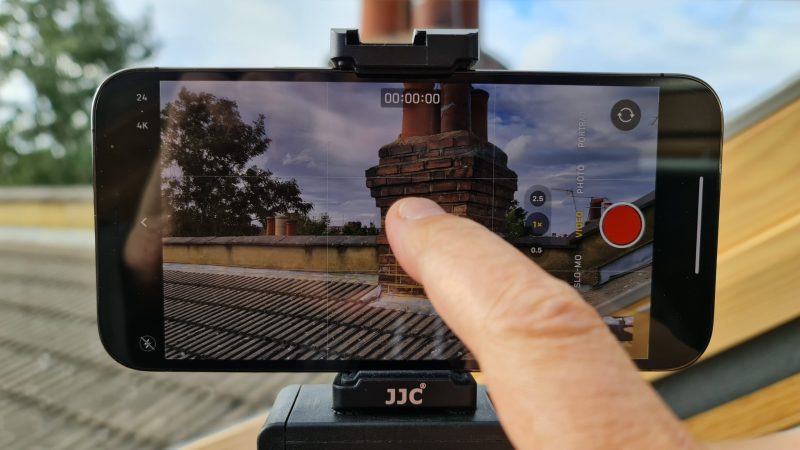Mastering Your Smartphone Camera: A Guide for Tech Enthusiasts
In today’s digital age, smartphones have become indispensable tools for capturing memories. With advancements in camera technology, these devices are now capable of producing stunning images that rival professional cameras. For tech enthusiasts in India, mastering the art of smartphone photography can open up new creative possibilities.

Understanding Your Smartphone’s Camera
Before diving into advanced techniques, it’s essential to familiarize yourself with your smartphone’s camera specifications. Most modern smartphones come equipped with multiple lenses, including wide-angle, telephoto, and sometimes even ultrawide options. Understanding the purpose of each lens will help you select the appropriate settings for different photography scenarios.
Harnessing the Power of Manual Mode
While automatic mode is convenient, taking control of your camera’s settings can significantly enhance your photos. Many smartphones offer a manual or pro mode, allowing you to adjust ISO, shutter speed, and white balance.
- ISO: Controls the camera’s sensitivity to light. Lower ISO settings are ideal for well-lit conditions, while higher ISO settings are useful in low-light environments. However, be mindful of noise that can appear in images captured at high ISO.
- Shutter Speed: Determines how long the camera’s sensor is exposed to light. A faster shutter speed is suitable for capturing fast-moving subjects, while a slower shutter speed can be used to create motion blur effects.
- White Balance: Adjusts the color temperature of your photos to ensure accurate color reproduction. White balance can be set manually or automatically based on the lighting conditions.
Leveraging HDR for Balanced Exposures
High Dynamic Range (HDR) is a powerful technique that combines multiple exposures to create a balanced image. This is particularly useful in high-contrast scenes, where there are significant differences in light and shadow. HDR helps to capture details in both the highlights and shadows, resulting in more dynamic and visually appealing photos.
Shooting in RAW for Maximum Flexibility
While JPEG is the most common image format, shooting in RAW format offers greater flexibility for post-processing. RAW files contain more image data, allowing you to make adjustments to exposure, white balance, and color without losing quality. Popular editing apps like Adobe Lightroom and Snapseed can be used to edit RAW images directly on your smartphone.
Composition Techniques
A well-composed image can make a significant difference in its overall impact. Here are a few composition techniques to consider:
- Rule of Thirds: Imagine a grid overlaying your image, dividing it into nine equal parts. Place your subject along the grid lines or at their intersections for a more visually interesting composition.
- Leading Lines: Use natural lines or elements in your scene to guide the viewer’s eye towards the main subject.
- Symmetry: Consider using symmetrical elements to create a sense of balance and harmony in your photos.
Experimenting with Lighting
Lighting is a crucial aspect of photography. Natural light is often the preferred choice, but don’t be afraid to experiment with artificial lighting sources. LED panels, ring lights, and even household lamps can be used to create interesting and dramatic lighting effects.
Post-Processing for Perfection
Even the best-captured photo can benefit from some post-processing. Use editing apps to adjust brightness, contrast, saturation, and other parameters to enhance your images. Remember, subtle edits are often the most effective.
FAQs
What is the best camera app for smartphones?
The best camera app depends on your personal preferences and needs. Popular options include Google Camera, Camera FV-5, and ProCam.
Can I shoot in RAW format on my smartphone?
Most modern smartphones offer the option to shoot in RAW format. Check your camera app’s settings.
What is the rule of thirds?
The rule of thirds is a composition technique that involves dividing your image into nine equal parts and placing your subject along the grid lines or at their intersections.
How can I improve the quality of my smartphone photos?
By understanding your camera’s features, using manual mode effectively, experimenting with lighting, and applying post-processing techniques.




